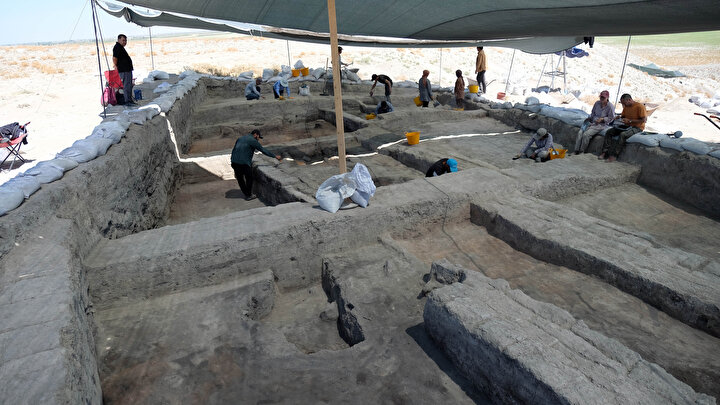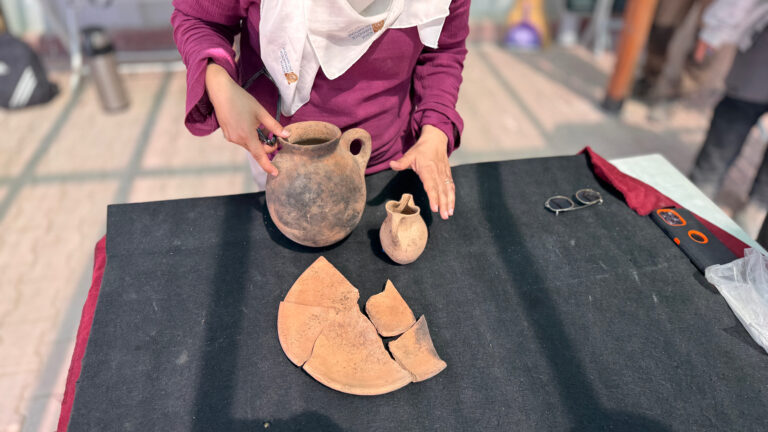
3,500-Year-Old ‘Kitchen Set’ Discovered at Karahöyük in Türkiye’s Central Anatolia
Archaeological excavations in Karahöyük, located in Konya’s Meram district, have revealed striking finds that shed light on everyday life in central Anatolia around 3,500 years ago. A complete kitchen set consisting of a jug, a plate, and a handled cup, along with silver plates wrapped in cloth, children’s toys, figurines, and cremation burials, has been

Search for the Battlefield of the 1101 Crusade Begins in Ereğli, Türkiye
Archaeologists and historians have launched a surface survey in Ereğli, Konya, to determine the exact location of the Battle of Ereğli, one of the decisive clashes of the Crusade of 1101. The fieldwork is being carried out between the neighborhoods of Akhüyük and Çiller with the participation of a 15-member team. Among them are Prof.

“House of the Dead” Unearthed at Çatalhöyük: Remains of 20 Individuals Discovered
Archaeologists working at Çatalhöyük, one of the world’s most significant Neolithic settlements in central Türkiye, have uncovered a striking new discovery. Excavations in the eastern sector of the site, led by Prof. Dr. Arkadiusz Marciniak of the Institute of Prehistory at Poznań University in Poland, revealed clusters of buildings arranged around a courtyard — many
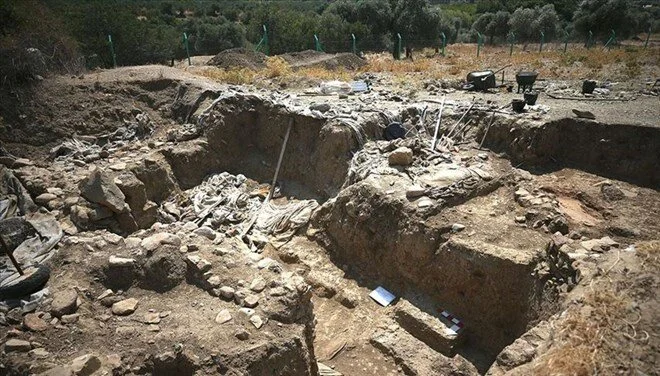
8,800-Year-Old Farming Houses Unearthed on Gökçeada: A First for the Aegean Islands
Archaeologists on Türkiye’s westernmost island, Gökçeada (ancient Imbros), have uncovered a discovery that rewrites Aegean prehistory: the earliest farming architecture ever found on any of the Aegean Islands. Excavations at the Uğurlu-Zeytinlik Mound revealed five domestic structures dating back 8,800 years, placing the site alongside Crete’s Knossos as the only known Neolithic settlements of the
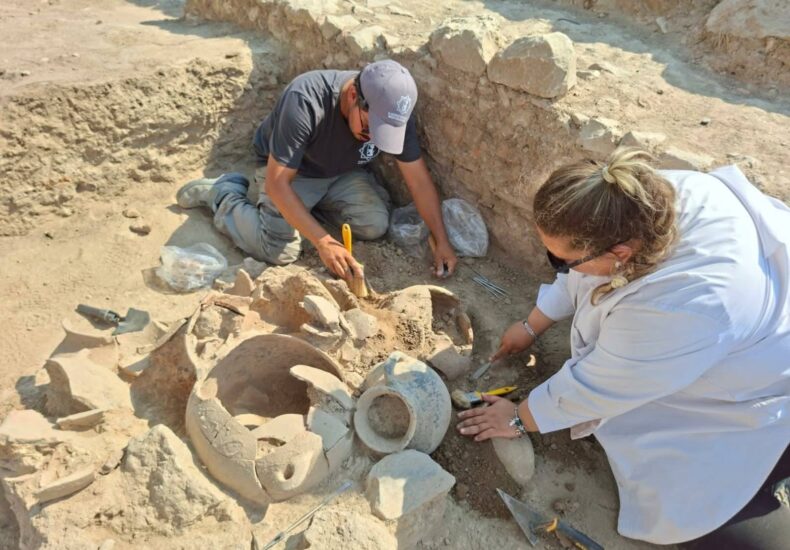
3,000-Year-Old Cremation Burials and Ritual Fire Site Unearthed in Muğla, Türkiye
Archaeologists have uncovered a series of cremation burials dating back around 3,000 years at Beçin Fortress in Milas, Muğla, shedding new light on ancient funerary traditions in western Anatolia. The discovery was made during excavations led by Prof. Dr. Kadir Pektaş from Istanbul Medeniyet University. Remarkable Find Beneath a Medieval Bath The cremation burials were
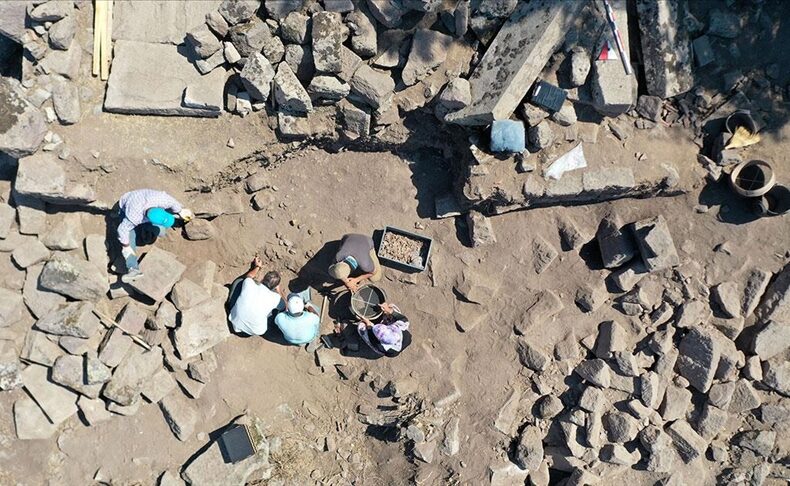
Temple Dedicated to Demeter Unearthed in Ancient City of Aigai: Nearly 1,000 Miniature Hydriae Discovered
Ongoing excavations at the ancient city of Aigai in the Yuntdağı region of Manisa’s Yunusemre district have brought to light a temple dedicated to Demeter, the Greek goddess of agriculture and fertility.The excavation is led by Prof. Dr. Yusuf Sezgin, Head of the Department of Archaeology at Manisa Celal Bayar University’s Faculty of Humanities and
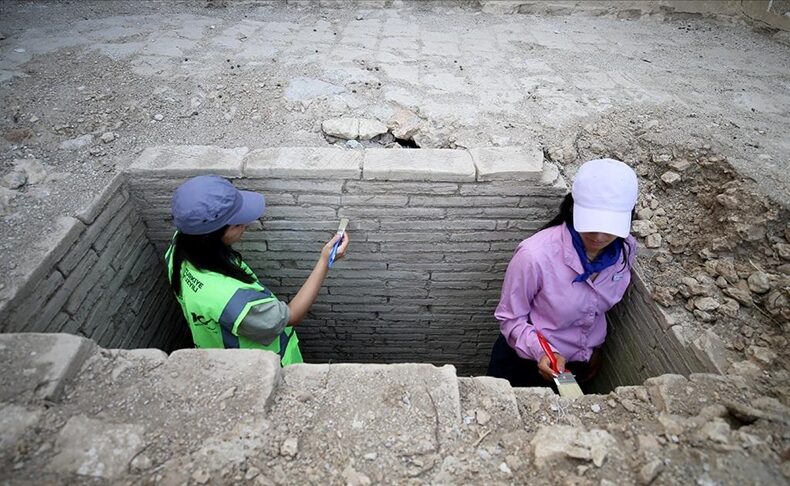
Four Roman-Era Tombs Unearthed at Sillyon Ancient City in Antalya: Three Individuals, Three Periods
Excavations at Sillyon Ancient City in Serik, Antalya have revealed four tombs dating back to the Roman period. Established on a high hill for security reasons in the early 2nd millennium BCE, Sillyon hosts structures from the Roman, Byzantine, Seljuk, and Ottoman eras. Assoc. Prof. Dr. Murat Taşkıran, head of the Sillyon Excavation and faculty
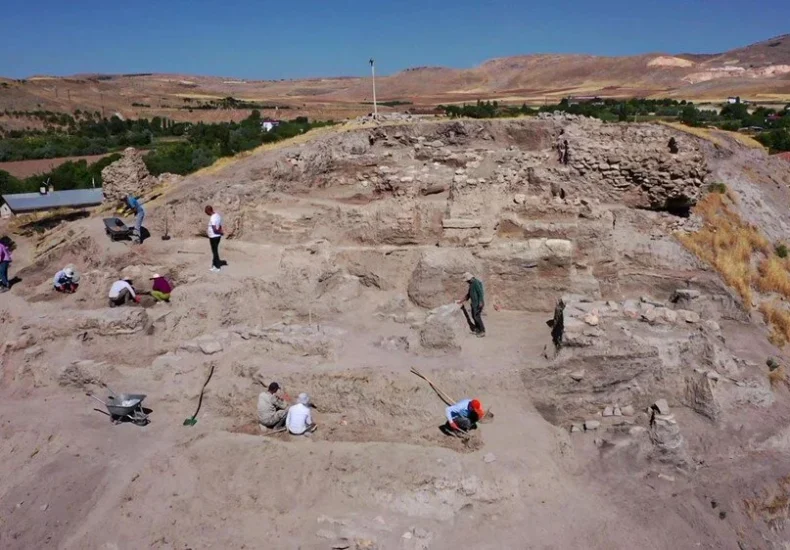
Evidence of 6,000-Year-Old Sacrificial Rituals Unearthed at Tadım Fortress Excavations in Elazığ
Archaeological excavations at Tadım Fortress and Mound in Elazığ, eastern Türkiye, have revealed striking evidence of religious practices dating back nearly 6,000 years. Conducted under the direction of the Elazığ Archaeology and Ethnography Museum, the investigations are shedding new light on both daily life and ritual traditions of the region’s prehistoric communities. This season, archaeologists

5300 Years of Life Traces: Settlement History from the Late Chalcolithic to the Bronze Age Revealed at Çaltılar Mound
Archaeological excavations at Çaltılar Mound (Çaltılar Höyük) in Türkiye’s Muğla province reveal a settlement history beginning on the edge of a marsh 5,300 years ago, later expanding into a fortified center through the Chalcolithic and Bronze Ages. The only mound excavation currently active in Muğla, Çaltılar Mound, is offering new insights into the region’s prehistoric

